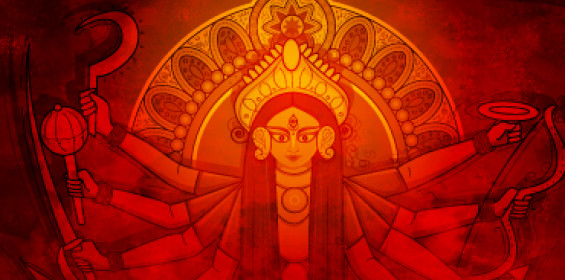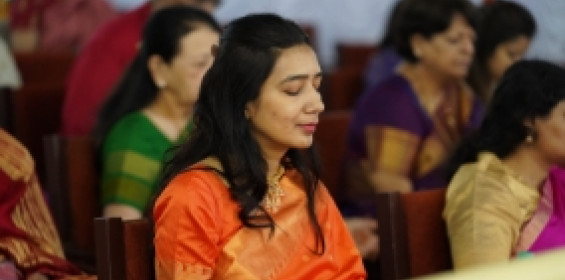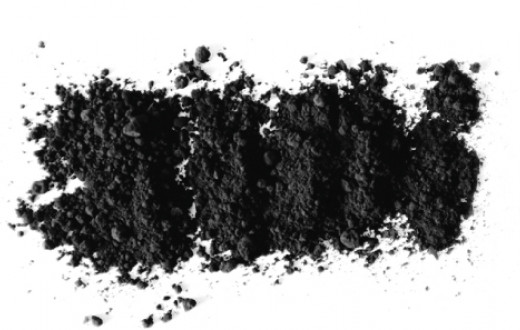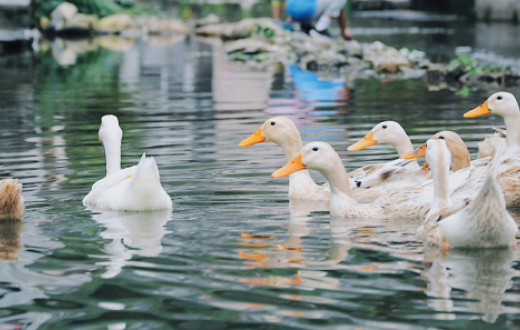Amazing facts about India.
- In which Mughal court did playing cards feature?
- What was the original name of badminton? (Clue: It’s the name of a place.)
- Which Indian state inspired the game of polo? (It’s not what you think!)
It’s fun to know the story behind the story. The true fact behind what we think we know. It’s like lifting little curtains along a path to reveal something unimaginable. ‘Really, I didn’t know this,’ is the only wonder that continues echoing.
Bharath Gyan, a passionate research initiative, is painstakingly dotting the pieces together, foraging amongst lost remnants to keep the glorious past alive and known. Here are some unknown facts about some commonplace aspects of life.
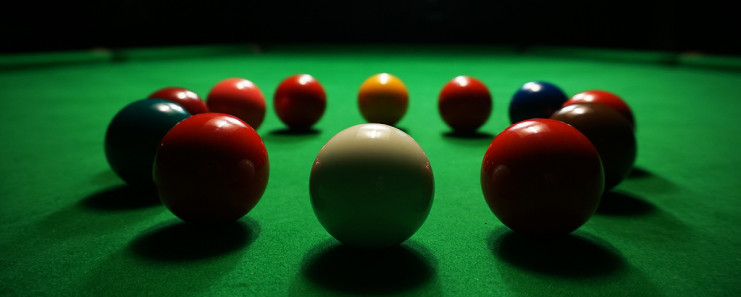
Snooker
Snooker, the aristocratic green table top game traces its origin to the South Indian hill station, Ooty - Udagamandalam to be precise. The British officers spent their cool evenings playing this game and popularized it in the Ooty Club around the mid 1800s.
Colonel Sir Neville Chamberlain, in the British Army at Jabalpur, invented this game in 1875–76 by extending and adding more colours to the balls from billiards.
Chamberlain used the word, snooker, frequently for those who could not play this game well. Thus, the adapted game got the name, snooker, meaning a novice or first year recruit in the army.
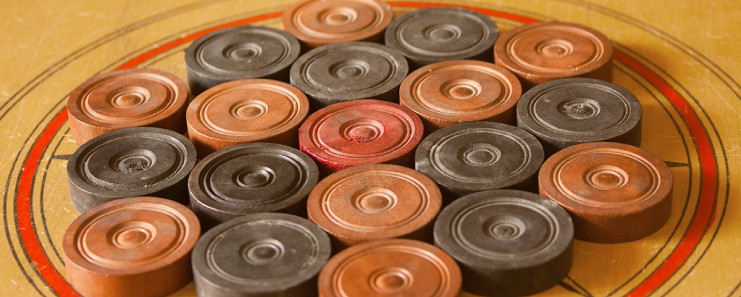
Carrom
Carrom, one of the earliest boards, is traced to a glass board in the palace of the Patiala kings. In fact, till as recent as the 1970s, the striker disc used to be made of ivory. After the use of ivory was banned, the striker came to be replaced with plastic.
During the World Wars, Indians travelled to many parts of the world to fight as part of the British troops. With time on hand between clashes, many board games went from India to the various army camps across the world and became part of the global bouquet of sports and games. Carrom is one such along with its larger cousin, snooker.
Cards
Card games such as Poker, Bridge, and Rummy trace their root to the millennia-old Krida Patram and Ganjifa from the Mughal period. One of the earliest writings on playing cards can be found in Ain-i-Akbari, a part of the Akbarnama, the life and rule of Akbar, written by the Mughal writer Abul Fazal during 1500s. In his work, Abul Fazl, touches upon the game of cards and writes, “This is a well known game. His majesty has made some alterations in the cards. Ancient sages took the number 12 as the basis and made the suit to consist of 12 cards.”
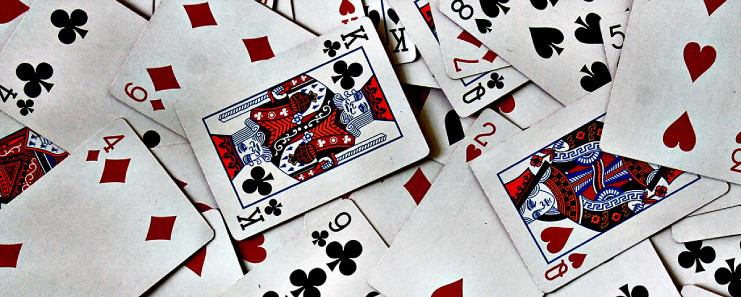
Today’s pack of cards contains four sets of 13 cards each in diamonds, hearts, clubs and spades. The Indian pack of cards were based on 12 suits of 12 cards each, with different themes, totalling to around 144 cards.
The cards were usually made of layers of different types of cloth stacked and stuck together to give a stiffness. Intricate figures and scenes were then painted on them. Alternatively, cards were also made of ivory, tortoiseshell or mother of pearls and were inlaid or enamelled with precious metals.
Badminton
Around the 1860s, the British officers devised this game in the Cantonment of Poona, as Pune was called then in the Bombay Presidency. Hence this game, itself, was first called “Poona”. Poona used to be played by these officers, in the evenings along with their wives and friends.

This game was later taken to England in the year 1873. The Duke of Beaufort, Gloucestershire Estate, took a fancy to this game and played it in his hall known as the Badminton Hall.
From here on the game acquired the name, badminton. It is popularly played not only in England and India but also in China, Malaysia, Indonesia and Denmark, among the other countries of the world.
Polo
If we trace the history of the formation of the Silchar Polo Club, we can see how the British officers learnt this game from the locals who had been playing it by the name ‘Pulu’ with a wooden ball. It is from this that the British called this game, polo.
Lieutenant Joseph Sherer of the British Army, is listed in history as the father of English Polo for having founded the Silchar Polo Club in 1859 along with seven founding members. The rules were formulated around 1863, teams were formed and the game took off by 1868.

One of the very first British Polo teams was established in 1868 by members of a mountain battery in Manipur in eastern India.
Raja Chandrakirti Singh, the king of Manipur told Lt. Sherer that the Manipuris had been playing this sport for over 2,000 years.
King Ningthou Kangba, the first and most foremost King of Manipur (1405 BCE to 1359 BCE) is recorded to have played this game. Puyas the ancient scripture of Manipur traces this game by the name Pana to their first king.
A game was played during the time of Nongda Lairen Pakhangba with Namu Pong, the followers of Poireiton, the ruler of Manipur from 34 BCE to 18 BCE.
Today, Manipuri ponies are famous for being used in the game of polo. Polo thus has had its origins in Pulu of Manipur, a state with a rich, ancient and royal history. This makes it one of the oldest and continuously living sport of the world. Thus polo is a 3,500-year-old Indian sport that is now played all over the world.
The material has been sourced from @bharathgyan. This research team, led by a passionate husband-wife duo - Dr. DK Hari and Dr. Hema Hari, unearth some of India’s untold stories and make them contemporary. You can click here to buy any of their books on Indian civilisation.

